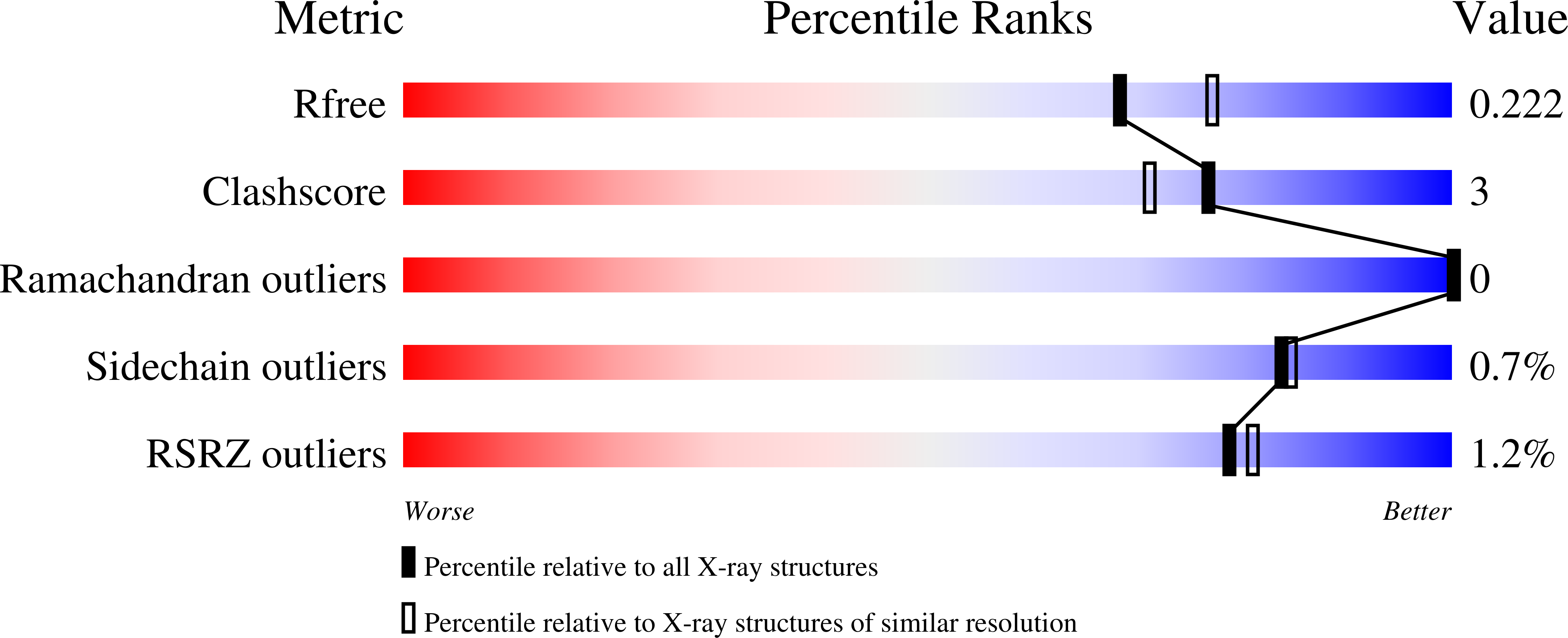
Deposition Date
2023-04-19
Release Date
2024-05-08
Last Version Date
2024-07-03
Method Details:
Experimental Method:
Resolution:
2.05 Å
R-Value Free:
0.22
R-Value Work:
0.17
R-Value Observed:
0.17
Space Group:
P 32 2 1


